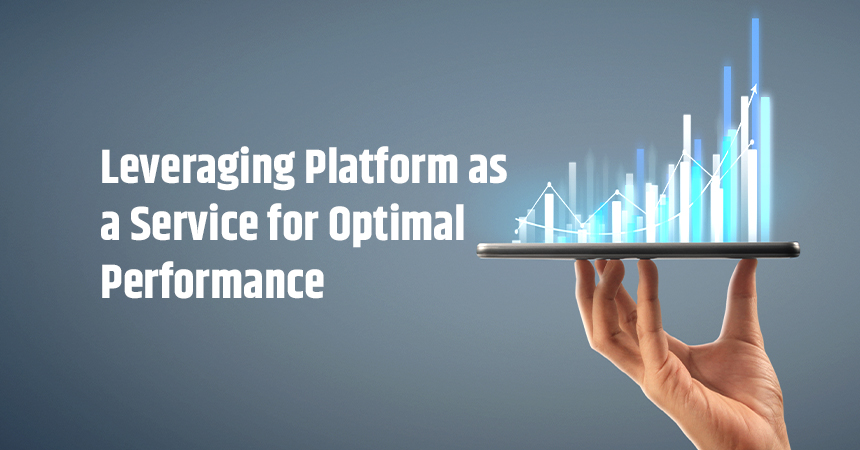Platform as a Service (PaaS) is a comprehensive cloud-based run-time environment that uses virtualization to provide developers with application development. It allows customers to make simple as well as advanced apps. It can be defined in two parts.
- The provider delivers resources via pay as go methods, supporting network connections, and security
- On the other side, the client manages the services and programs that the provider creates on the platform.
This platform consists of memory, computing, database, storage, and other development services. Additionally, it includes tools for app building and user interface to provide usability. Customers can deploy PaaS in three cloud deployment models: Private cloud, public cloud, and hybrid cloud.





